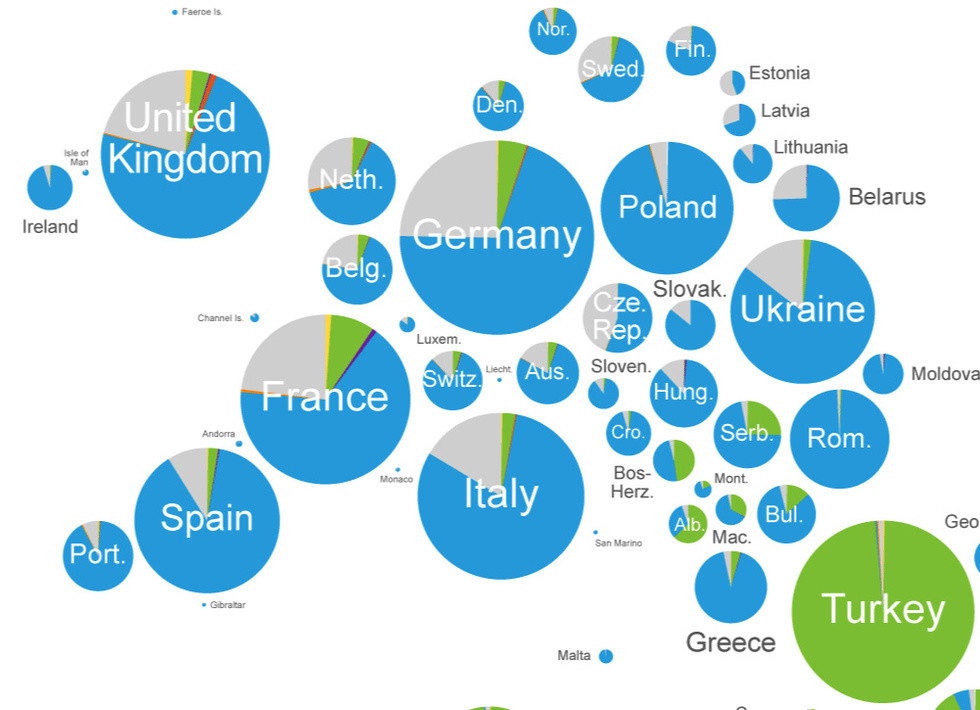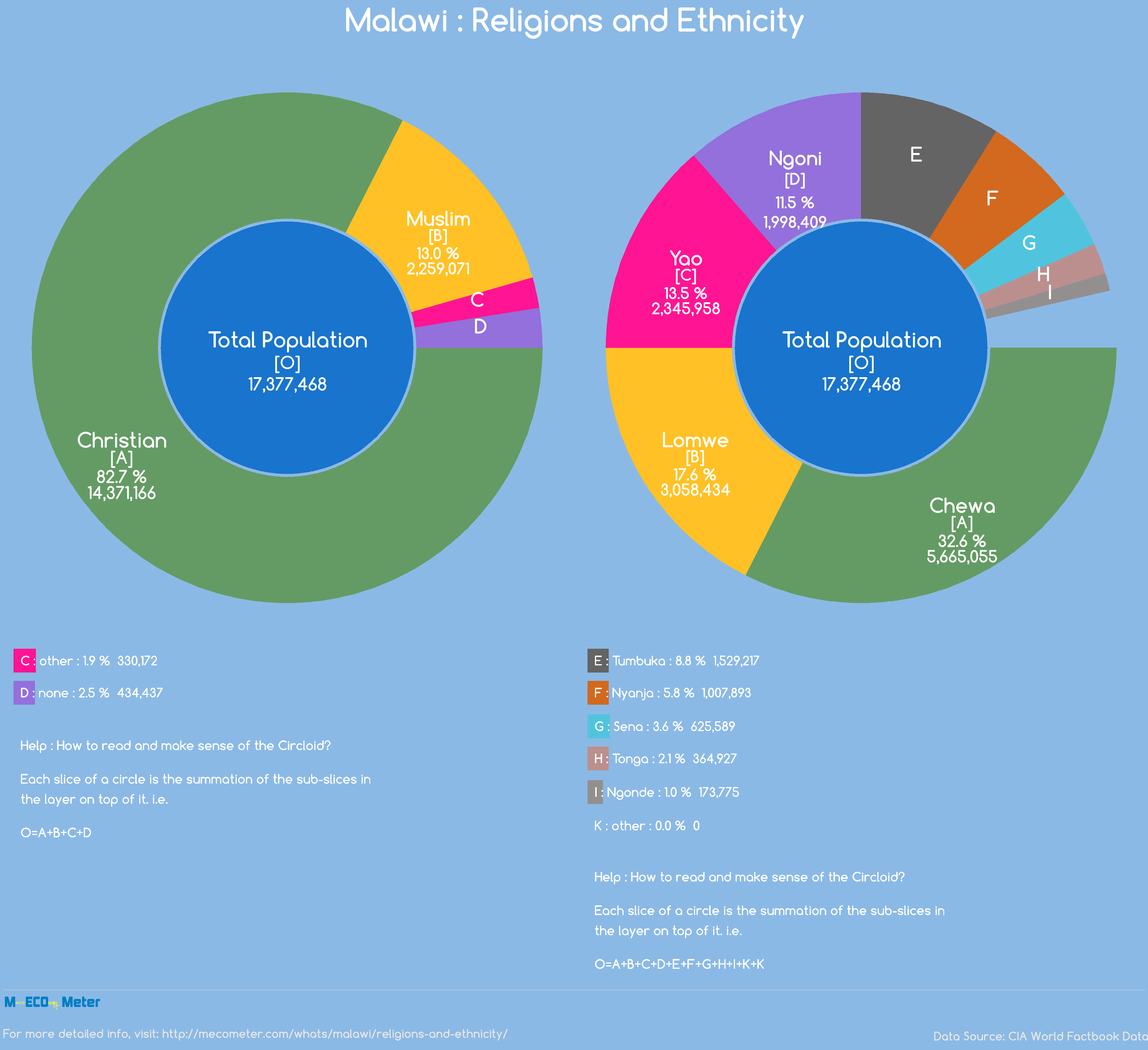
Many Madrileños informally consider football to be their religion as it is generally a football-crazed city, where football is clearly the most popular sport. Catholicism was taken as the religion of the state when a Concordant was signed with Vatican. Christianity was adopted by the masses as an end result. These people aim to adopt the same attitude of Christ before he died. There has been a lot of unrest between the Catholics, Muslims Jews and Protestants in history. During the holy week many people walk in processions barefooted and with black hats. This is done to show the courage and sacrifice which Christ had shown for the normal men/women. Many have either consciously or subconsciously chosen to ignore the Catholic Church's views on morals, sex and other aspects of everyday life. It is quite evident that Catholicism in Spain has put emphasis on the pain of Christ. About 20% of the whole country identifies as following no religion. Although, much of the city calls themselves Roman Catholics, many do not actually attend a church or other Christian institution regularly. Adherents of folk religions, Jews and members of other religions make up smaller shares of the world’s people. About 10% of the country identifies as following various other religions and in Madrid these are mainly, Buddhism and Islam, but there are also some Jews who have settled in Madrid in the past. Globally, Muslims make up the second largest religious group, with 1.8 billion people, or 24 of the world’s population, followed by religious nones (16), Hindus (15) and Buddhists (7). About 70% of the whole country identifies as being Roman Catholic. Overall, the total number of Christians globally increased by 1.18% on average each year from 2000 to 2021.īy comparison, the total number of Muslims rose by an average rate of 1.92%, followed by Sikhs (1.71%), Hindus (1.28%), Buddhists (0.94%), Ethnoreligionists (0.89%), Jews (0.68%), agnostics (0.52%), nonreligionists (0.47%), Chinese folk-religionists (0.42%) and atheists (0.22%).Īmong the religiously affiliated, Christians had the highest total numbers worldwide at more than 2.54 billion in 2021, followed by Muslims (more than 1.92 billion) and Hindus (more than 1.07 billion).The main religion followed in Madrid is Roman Catholicism and this is the state religion according to the current constitution. Independent Christians grew at an average rate of 1.6% during the past two decades, followed by Protestants (1.56%), Roman Catholics (0.95%), unaffiliated Christians (0.65%) and Orthodox (0.62%). Pentecostal / Charismatic Christians have had the highest average percentage growth rate since 2000 at 1.89% with evangelicals increasing at 1.80% per year on average.


The slowest average annual growth rate during this time period was in Europe (including Russia) at 0.01%, with North America seeing a 0.27% average yearly increase in Christian adherents.

Asia has had the second fastest increase in Christians at 1.5%, followed by Latin America (1.14%) and Oceania (0.63%). This article will talk about the reason behind such a varied religious composition, why Protestant Christians hold the majority percentage, and why such a large. Since 2000, the most significant growth in Christian adherents has been in Africa, which has seen a 2.81% average annual increase. The other religions/beliefs that make up society within the US are as follows: Unaffiliated (22.8), Catholic (20.8), Jewish (1.9), Other Non-Christian (1.8), The Church of Jesus Christ of Latter-day Saints (1.6), Jehovah’s Witness (.8), Buddhist (.7), Hindu (.7), Eastern Orthodox Christian (.5), and Other Christian (.4). The center expects this trend to begin reversing in the years ahead, with the percentage increasing slightly to 32.5% by 2025 and rising to 35% by 2050. 17 by the Center for the Study of Global Christianity at Gordon Conwell Theological Seminary.įrom 1900 to 2021, Christians as a percentage of the world population declined by 2.2% to 32.3%. The number of Christians as a percentage of the global population is expected to increase over the next few decades, according to a report published Dec.


 0 kommentar(er)
0 kommentar(er)
